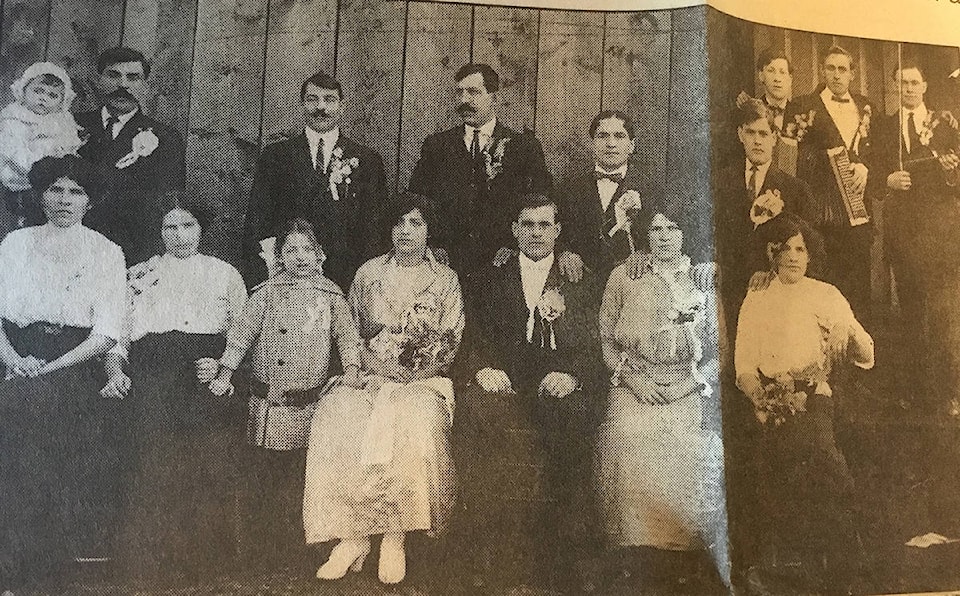By Dr. Želimir Juričić
Special to the Chronicle
At the turn of the last century, the communities of Ladysmith and Extension were home to over 80 Croatian miners working in the near-by Extension mine. The Croatian miners and their families lived between the Fourth and Fifth Avenues, in the residential section of Ladysmith, known as “on the hill.” The single Croatian men lived in boarding houses and hotels, while the miners with families lived in their own houses. Most had vegetable gardens and some kept cows pigs and chickens. They all had grapevines and made excellent wine.
In 1903 the Croatian miners in Ladysmith founded the National Croatian Society (NCS), Lodge No. 268, named St. Nicholas, the first such Lodge in Canada. The founding meeting of St. Nicholas lodge was held in the home of thirty-year-old Croatian miner named William “Bill” Keserich. It was attended by eighteen members, who all joined in electing Keserich as their first president. Besides providing it’s members and their families with insurance protection, the NCS offered many cultural and social activities to its members. Soon after it’s formation, the NCS founded the Croatian ‘Tamburitza/ Tamburica’ orchestra, with Jack Djuric as first musical director. By accompanying dancing and singing at concerts and on special occasions, the 12-piece orchestra helped to preserve the musical heritage of the old homeland. Opined one, “there was a special bond of understanding between miners at Christmas, which transcended language and cultural boundaries. We were all of different nationalities, but at Christmas we all got together because coal miners, they all had the same worries and the same way of life. We all loved music.”
In 1904, Croatians helped build the St. Marys Roman Catholic Church in Ladysmith. Father Verbeke was it’s first pastor. The church at times appoined a Slavic priest to attend to the spiritual needs of its Croatian parishioners. Sports were vigorously promoted by all Croatians in Ladysmith. Besides the traditional game of “bocce,” which was regularly played by the older folks, the young Croatian boys distinguished themselves in the game of baseball and especially at soccer, which was a national pastime in Ladysmith. Led by the “Kulaj boys,” Danny and George, the city of Ladysmith soccer team was considered among the best in Canada. With the coming of the depression, the once vibrant Croatian community slowly begun to break up. By Christmas 1929, only a handful of Croatian miners were still working. The membership in the Lodge plummeted to only a few members. At the closing of the mines on April 10, 1931 it moved to Nanaimo, where it continued as a focal point for the Croatian community.
